Home>Gardening & Outdoor>Landscaping Ideas>What Is A Bushy Clump Of Grass Called
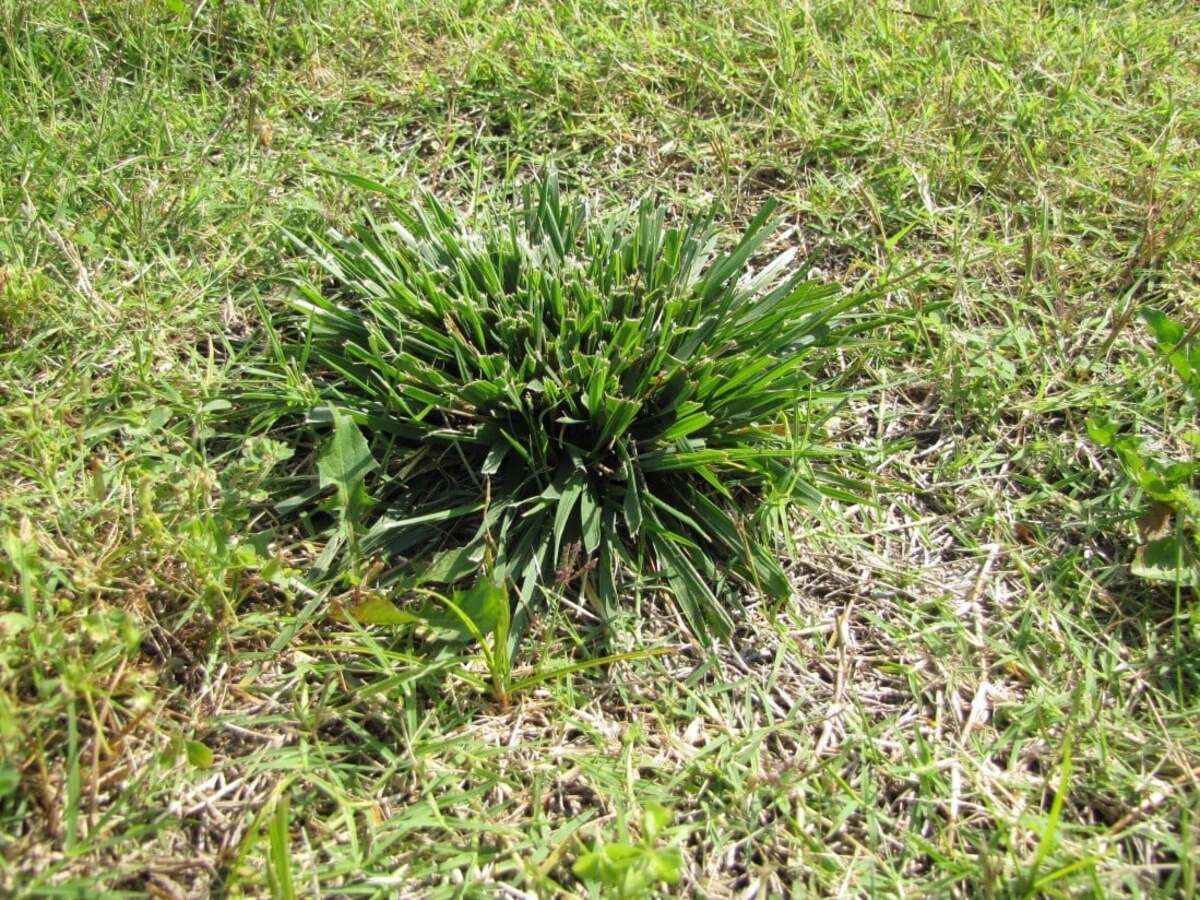

Landscaping Ideas
What Is A Bushy Clump Of Grass Called
Modified: March 27, 2024
Discover the best landscaping ideas to create a stunning bushy clump of grass in your garden. Explore tips and inspiration for a lush, vibrant outdoor space.
(Many of the links in this article redirect to a specific reviewed product. Your purchase of these products through affiliate links helps to generate commission for Storables.com, at no extra cost. Learn more)
Introduction
Read more: What Are The Big Clumps Of Grass In My Yard
Introduction
Welcome to the enchanting world of landscaping, where nature's beauty is meticulously curated to create captivating outdoor spaces. Within this realm, one encounters a diverse array of natural elements, each contributing its unique charm. Among these elements, the humble yet significant bushy clump of grass stands out as an essential component of many landscapes.
Bushy clumps of grass are not merely random patches of greenery; they play a pivotal role in shaping the aesthetic and ecological balance of outdoor environments. In this article, we will delve into the intricacies of these verdant wonders, exploring their definition, types, ecological importance, common uses, and the imperative need for their conservation. Whether you are a landscaping enthusiast, a nature aficionado, or simply curious about the natural world, join us on this journey to unravel the mysteries and marvels of bushy clumps of grass.
Key Takeaways:
- Bushy clumps of grass are dense clusters of grass blades that play a vital role in landscaping, wildlife support, and soil stabilization, adding beauty and ecological value to outdoor spaces.
- Conservation efforts are crucial to protect bushy clumps of grass, preserving their habitats, promoting native plant advocacy, and engaging in sustainable land management to ensure their enduring presence in natural landscapes.
Definition of a Bushy Clump of Grass
Before delving into the multifaceted world of bushy clumps of grass, it is essential to understand their fundamental definition. A bushy clump of grass refers to a dense cluster of grass blades that grows in a compact and often spherical or irregular shape. Unlike uniform lawns or meadows, these clumps exhibit a distinct growth pattern, with blades densely packed together to form a visually striking and texturally rich entity.
These clusters of grass can vary significantly in size, ranging from small, intricate tufts to expansive, sprawling formations. The defining characteristic of a bushy clump of grass lies in its ability to create a distinct focal point within a landscape, adding depth, visual interest, and a touch of untamed natural beauty.
One of the defining features of bushy clumps of grass is their resilience and adaptability. They can thrive in a myriad of environments, from arid deserts to lush woodlands, showcasing nature’s remarkable capacity to flourish in diverse conditions. This adaptability makes them a versatile and valuable asset in landscaping, as they can be incorporated into a wide range of design schemes, from formal gardens to wild, naturalistic landscapes.
Furthermore, the composition of a bushy clump of grass extends beyond its visual appearance. These clusters provide vital habitat and sustenance for a myriad of organisms, from insects and small mammals to birds and reptiles. Their intricate structure and dense growth offer shelter, nesting sites, and food sources, fostering a thriving microcosm of biodiversity within their midst.
As we unravel the intricacies of bushy clumps of grass, it becomes evident that these unassuming entities hold a wealth of significance within the tapestry of natural landscapes. Their definition transcends mere botanical parameters, encompassing ecological, aesthetic, and functional dimensions that enrich the outdoor spaces they inhabit.
Types of Bushy Clumps of Grass
Within the realm of landscaping and natural ecosystems, bushy clumps of grass manifest in a diverse array of forms, each distinguished by unique characteristics and ecological roles. Understanding the various types of bushy clumps of grass unveils the rich tapestry of nature’s creativity and adaptability. Let’s embark on a journey to explore some of the notable types of these verdant clusters:
- Ornamental Grasses: This category encompasses a wide range of grass species cultivated for their aesthetic appeal. Ornamental grasses, such as fountain grass, maiden grass, and zebra grass, exhibit graceful arching forms and striking textures, adding elegance and visual interest to landscapes. Their bushy clumps create focal points, borders, and accents in gardens and outdoor spaces, infusing them with a touch of natural splendor.
- Native Grass Clumps: Indigenous grass species play a crucial role in preserving ecological balance and supporting local wildlife. These bushy clumps of grass, including bluestem, switchgrass, and muhly grass, are integral components of native habitats, providing food, shelter, and nesting sites for diverse fauna. Their resilience and adaptability make them invaluable assets in conservation efforts and sustainable landscaping practices.
- Groundcover Grass Clumps: In landscaping, certain grass species form low-growing, spreading clumps that serve as groundcovers. These versatile plants, such as mondo grass, liriope, and blue fescue, create lush carpets of foliage, effectively suppressing weed growth and adding texture to garden beds and slopes. Their dense, bushy growth habit contributes to erosion control and soil stabilization, making them indispensable in landscape design.
- Architectural Grass Clumps: Some grasses exhibit striking architectural forms, characterized by upright, sculptural clumps that command attention in outdoor settings. Examples include pampas grass, big bluestem, and giant reed grass. These imposing clumps add vertical interest, structure, and a sense of drama to landscapes, making them prized elements in contemporary and naturalistic garden designs.
Each type of bushy clump of grass brings a unique set of attributes, from visual allure to ecological functionality, enriching landscapes and ecosystems in distinct ways. By embracing the diversity of these grass clusters, landscapers, conservationists, and nature enthusiasts can harness their inherent beauty and benefits to create harmonious outdoor environments.
Importance of Bushy Clumps of Grass in Ecosystems
Amidst the intricate tapestry of natural ecosystems, bushy clumps of grass emerge as vital contributors to ecological balance, biodiversity, and the overall health of the environment. Their significance transcends their visual appeal, encompassing a myriad of essential roles that shape and sustain diverse habitats. Let’s unravel the profound importance of these verdant clusters within ecosystems:
Biodiversity Hotspots: Bushy clumps of grass serve as bustling hubs of biodiversity, providing crucial habitats for a multitude of organisms. Insects, small mammals, reptiles, and birds find refuge and sustenance within the dense foliage, fostering a rich and interconnected web of life. These clusters support the intricate relationships between species, contributing to the resilience and vitality of local ecosystems.
Soil Stabilization and Erosion Control: The dense root systems and intertwining blades of bushy clumps of grass play a pivotal role in preventing soil erosion and stabilizing vulnerable landscapes. In areas prone to erosion, such as slopes, riverbanks, and coastal regions, these grass clusters act as natural barriers, anchoring the soil and mitigating the impact of water and wind, thereby preserving the integrity of the land.
Water Conservation and Filtration: Grass clumps aid in water conservation by reducing runoff and enhancing groundwater recharge. Their dense growth slows the flow of water, allowing it to percolate into the soil and replenish aquifers. Additionally, the intricate root systems of these grass clusters act as natural filters, trapping sediments and pollutants, thereby improving water quality and contributing to the overall health of aquatic ecosystems.
Carbon Sequestration and Air Quality: Grasses, including bushy clumps, play a crucial role in sequestering carbon dioxide from the atmosphere through photosynthesis. This process helps mitigate climate change by capturing and storing carbon in plant tissues and soil. Furthermore, the presence of healthy grasslands contributes to improved air quality, as the plants absorb airborne pollutants and release oxygen, enhancing the environmental well-being of surrounding areas.
Wildlife Support Systems: From nesting sites to foraging grounds, bushy clumps of grass provide essential resources for diverse wildlife species. Birds utilize the dense foliage for shelter and nesting, while small mammals find refuge within the protective cover of these clusters. The seeds, nectar, and insects associated with grasses serve as vital food sources for numerous animals, contributing to the intricate food webs that sustain ecosystems.
By recognizing and honoring the pivotal role of bushy clumps of grass in ecosystems, we can cultivate a deeper appreciation for the interconnectedness of all living beings and the delicate balance that sustains our natural world. These unassuming clusters of greenery stand as guardians of biodiversity, stewards of the land, and essential allies in preserving the splendor of our planet’s ecosystems.
A bushy clump of grass is called a tussock. Tussocks are common in grasslands and can provide habitat for small animals and insects.
Read more: Why Is My Grass Clumping When Mowing
Common Uses of Bushy Clumps of Grass
Within the realm of landscaping and environmental stewardship, bushy clumps of grass serve a multitude of practical, aesthetic, and ecological purposes, enriching outdoor spaces and contributing to the well-being of the environment. Their versatility and inherent qualities make them valuable assets in a wide range of applications. Let’s explore the common uses of these verdant clusters and their profound impact on landscapes and ecosystems:
- Landscaping Focal Points: Bushy clumps of grass are employed as striking focal points in landscape design, adding visual interest, texture, and a sense of natural charm to outdoor settings. Whether adorning formal gardens, urban parks, or naturalistic landscapes, these clusters create captivating visual accents, drawing the eye and infusing spaces with a touch of untamed beauty.
- Wildlife Habitat Enhancement: In conservation and habitat restoration initiatives, bushy clumps of grass play a crucial role in enhancing wildlife habitats. By providing shelter, nesting sites, and food sources for diverse species, these clusters contribute to the preservation of biodiversity and the creation of thriving ecosystems that support a wide array of flora and fauna.
- Erosion Control and Slope Stabilization: In areas prone to soil erosion, such as slopes and embankments, bushy clumps of grass act as natural erosion control measures. Their dense root systems and intertwining foliage help anchor the soil, preventing erosion and stabilizing vulnerable landscapes, thereby safeguarding the integrity of the land.
- Groundcover and Weed Suppression: Certain species of low-growing bushy clumps of grass are utilized as groundcovers in landscaping. These plants form dense mats of foliage, effectively suppressing weed growth and minimizing soil erosion. Their resilient growth habit and adaptability make them valuable assets in maintaining healthy, weed-free garden beds and landscape features.
- Waterfront and Riparian Restoration: Along riverbanks, wetlands, and waterfront areas, bushy clumps of grass contribute to riparian restoration efforts. Their ability to stabilize soil, filter water, and provide habitat for aquatic and terrestrial species makes them essential components of projects aimed at preserving and enhancing the ecological integrity of riparian zones.
- Architectural and Sculptural Elements: In contemporary landscape architecture and garden design, certain species of bushy clumps of grass with striking architectural forms are utilized as sculptural elements. Their vertical, sculptural growth habit adds a sense of drama, structure, and modernity to outdoor spaces, creating visually arresting compositions that redefine the boundaries of traditional landscaping.
By harnessing the diverse uses of bushy clumps of grass, landscapers, conservationists, and nature enthusiasts can elevate the beauty, functionality, and ecological sustainability of outdoor environments. These clusters of greenery stand as versatile allies, offering a myriad of benefits that enrich and harmonize the landscapes they inhabit.
Conservation of Bushy Clumps of Grass
The conservation of bushy clumps of grass is a matter of paramount importance, as these verdant clusters play a vital role in sustaining biodiversity, preserving ecological balance, and enriching the natural tapestry of landscapes. Recognizing the significance of these grass clusters, concerted efforts are underway to safeguard their habitats, promote sustainable landscaping practices, and elevate public awareness regarding their conservation. Let’s delve into the imperative aspects of conserving bushy clumps of grass and the measures undertaken to ensure their enduring presence within our ecosystems:
Habitat Preservation and Restoration: One of the primary strategies in conserving bushy clumps of grass involves the preservation and restoration of their native habitats. This entails protecting natural grassland ecosystems, wetlands, and riparian zones where these clusters thrive, as well as undertaking restoration projects to reestablish their presence in areas where they have been depleted or degraded.
Native Plant Advocacy: Advocacy for the use of native grass species, including bushy clumps of grass, in landscaping and ecological restoration initiatives is pivotal in their conservation. By promoting the incorporation of indigenous grasses in garden designs, urban green spaces, and public landscapes, conservationists and horticultural experts aim to bolster the presence of these vital clusters and support the preservation of native plant communities.
Sustainable Land Management: Encouraging sustainable land management practices, such as minimal disturbance mowing, prescribed burning, and responsible grazing, contributes to the conservation of bushy clumps of grass. These practices mimic natural ecological processes, promoting the health and resilience of grassland ecosystems and ensuring the continued flourishing of these essential clusters.
Education and Public Engagement: Raising awareness about the ecological importance of bushy clumps of grass is integral to their conservation. Educational initiatives, community outreach programs, and public engagement efforts aim to instill a deeper appreciation for these grass clusters and their role in supporting biodiversity, soil health, and wildlife habitats.
Collaborative Research and Monitoring: Collaborative research endeavors and ongoing monitoring programs provide valuable insights into the status and dynamics of bushy clumps of grass populations. By studying their distribution, ecological interactions, and responses to environmental changes, researchers and conservationists can implement targeted conservation strategies and adaptive management approaches to safeguard these clusters and the ecosystems they inhabit.
Policy Support and Habitat Protection: Advocating for policies that prioritize the protection of grassland habitats and the conservation of native plant species, including bushy clumps of grass, is essential. By establishing protected areas, conservation easements, and habitat corridors, policymakers and conservation organizations work to secure the long-term viability of these vital clusters and the ecosystems they sustain.
Through these multifaceted conservation endeavors, dedicated individuals, organizations, and communities strive to ensure the enduring presence of bushy clumps of grass within the intricate tapestry of natural landscapes. By nurturing these verdant clusters and the habitats they inhabit, we uphold the legacy of biodiversity, ecological resilience, and natural splendor for generations to come.
Conclusion
As we conclude our journey through the enchanting realm of bushy clumps of grass, we are reminded of the profound impact these verdant clusters wield within the intricate tapestry of natural landscapes and ecosystems. From their diverse forms and ecological significance to their myriad uses and imperative conservation, these unassuming entities stand as pillars of biodiversity, stewards of the land, and allies in the quest for sustainable, harmonious outdoor environments.
At the heart of their allure lies a captivating blend of resilience, adaptability, and intrinsic beauty. Whether adorning formal gardens, enhancing wildlife habitats, or stabilizing vulnerable landscapes, bushy clumps of grass infuse outdoor spaces with a touch of untamed charm and ecological vitality. Their role as biodiversity hotspots, erosion control agents, and architectural elements underscores their multifaceted importance in the grand symphony of nature.
Amidst the growing awareness of environmental conservation and sustainable landscaping practices, these grass clusters emerge as beacons of hope and inspiration. Their conservation is not merely a matter of botanical preservation; it embodies a commitment to nurturing thriving ecosystems, fostering biodiversity, and harmonizing human interactions with the natural world.
As we part ways with this exploration, let us carry forth a deeper appreciation for the intrinsic value of bushy clumps of grass. Let us champion their conservation, celebrate their diversity, and weave their essence into the fabric of our landscapes with reverence and care. In doing so, we honor the legacy of these humble yet extraordinary clusters, ensuring that their presence continues to enrich, inspire, and sustain the wondrous tapestry of our planet’s ecosystems.
May the rustling blades and verdant allure of bushy clumps of grass serve as enduring reminders of nature’s resilience, beauty, and interconnectedness, guiding us on a journey of conservation, harmony, and reverence for the natural world.
Frequently Asked Questions about What Is A Bushy Clump Of Grass Called
Was this page helpful?
At Storables.com, we guarantee accurate and reliable information. Our content, validated by Expert Board Contributors, is crafted following stringent Editorial Policies. We're committed to providing you with well-researched, expert-backed insights for all your informational needs.
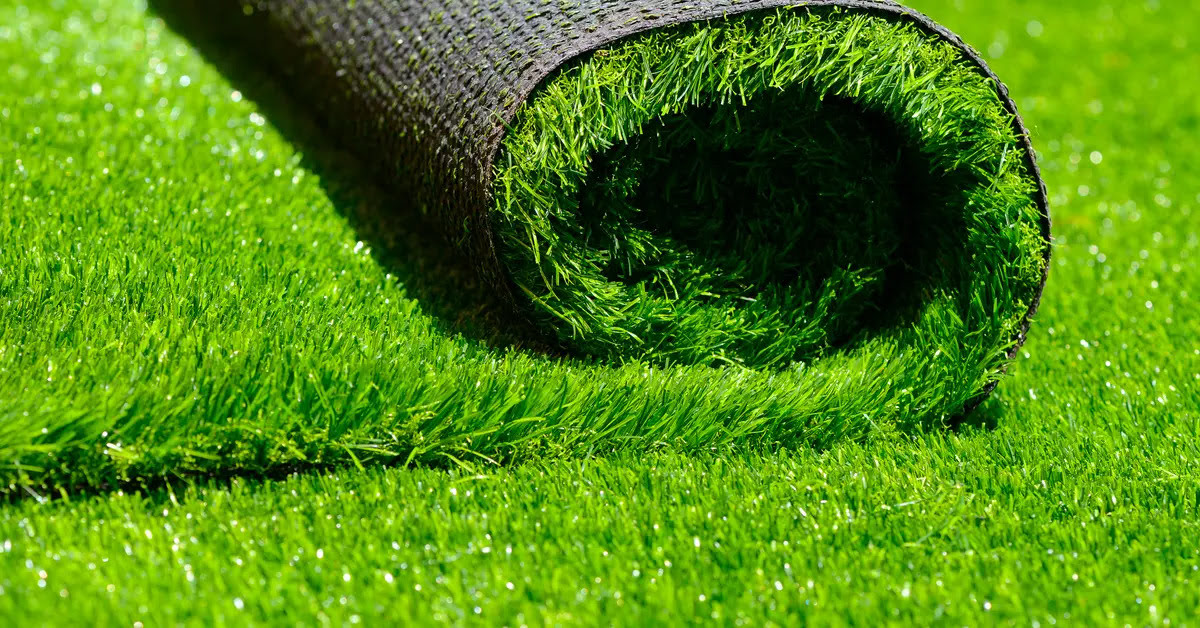
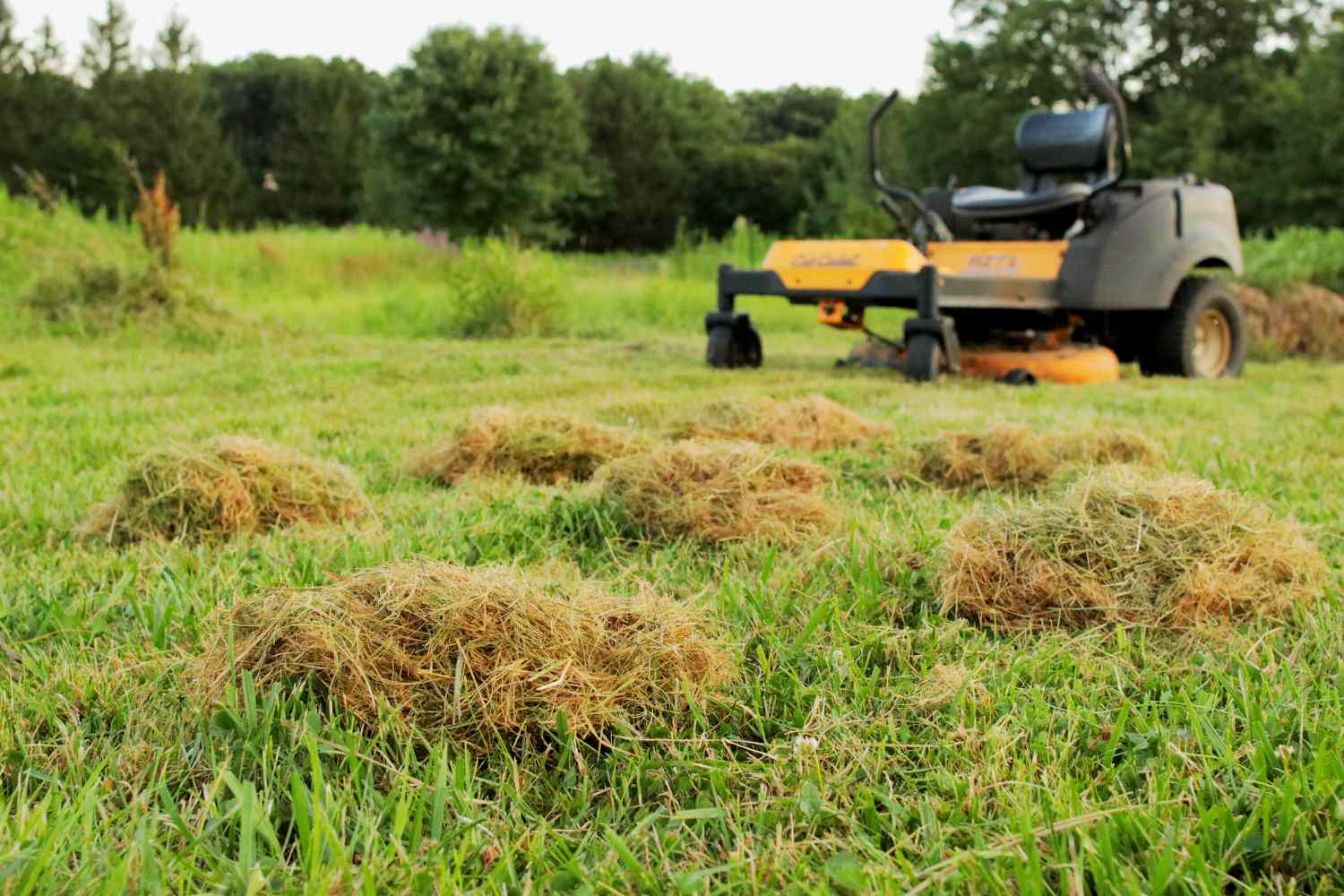
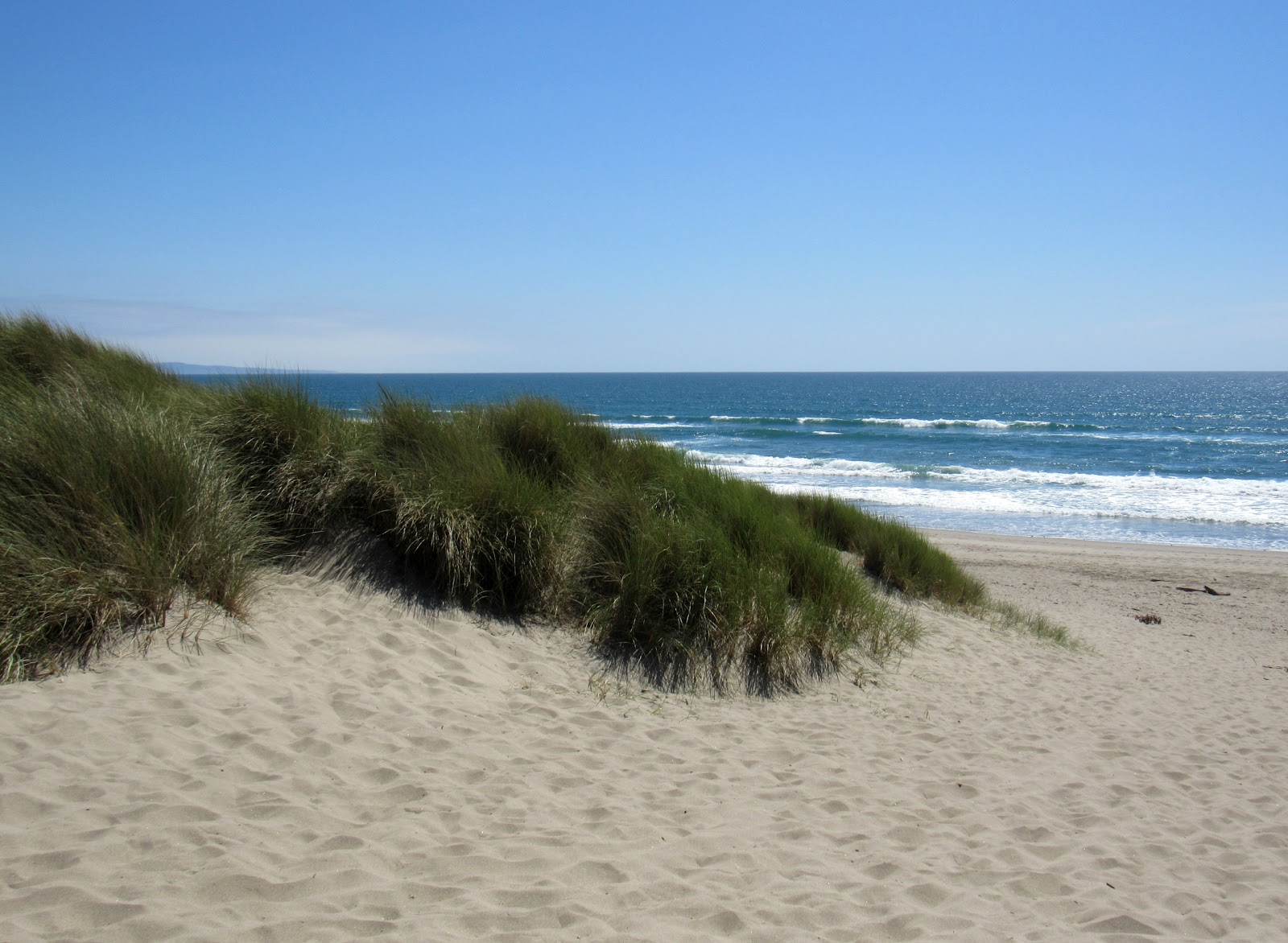
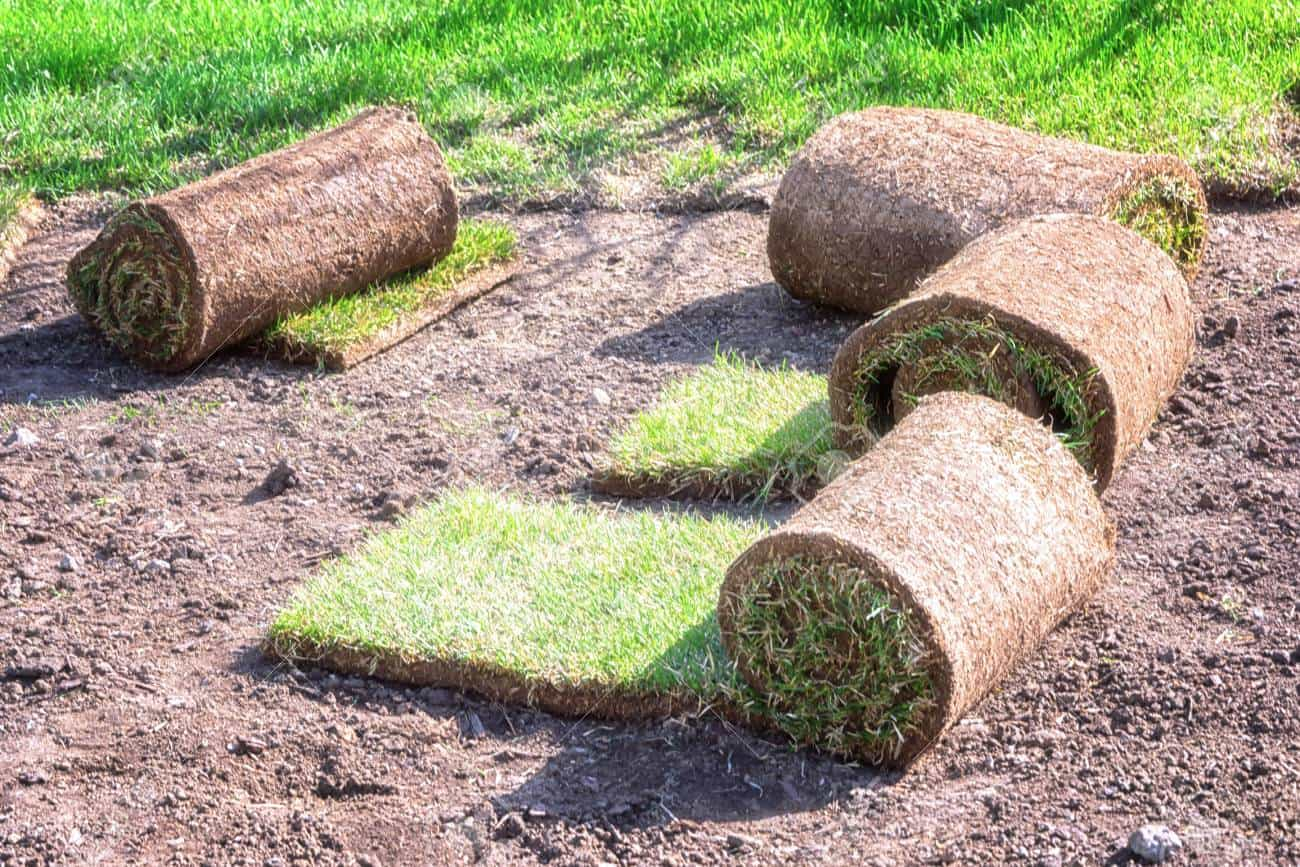


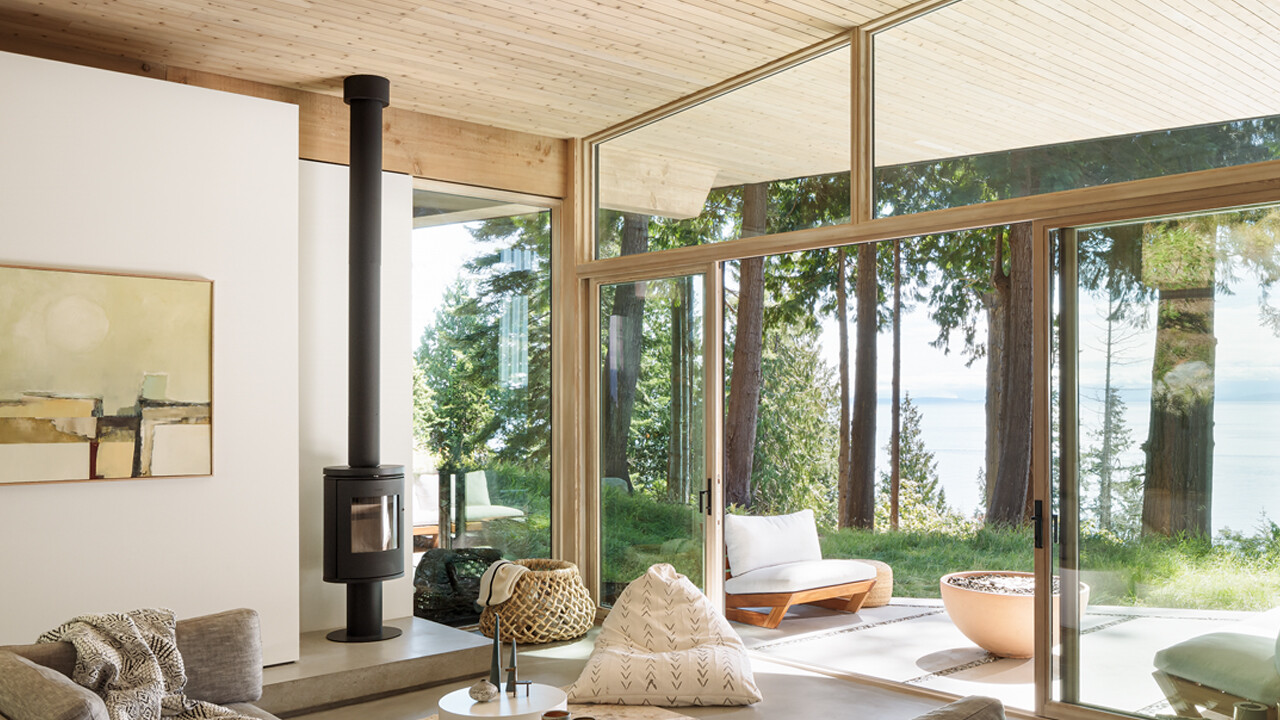
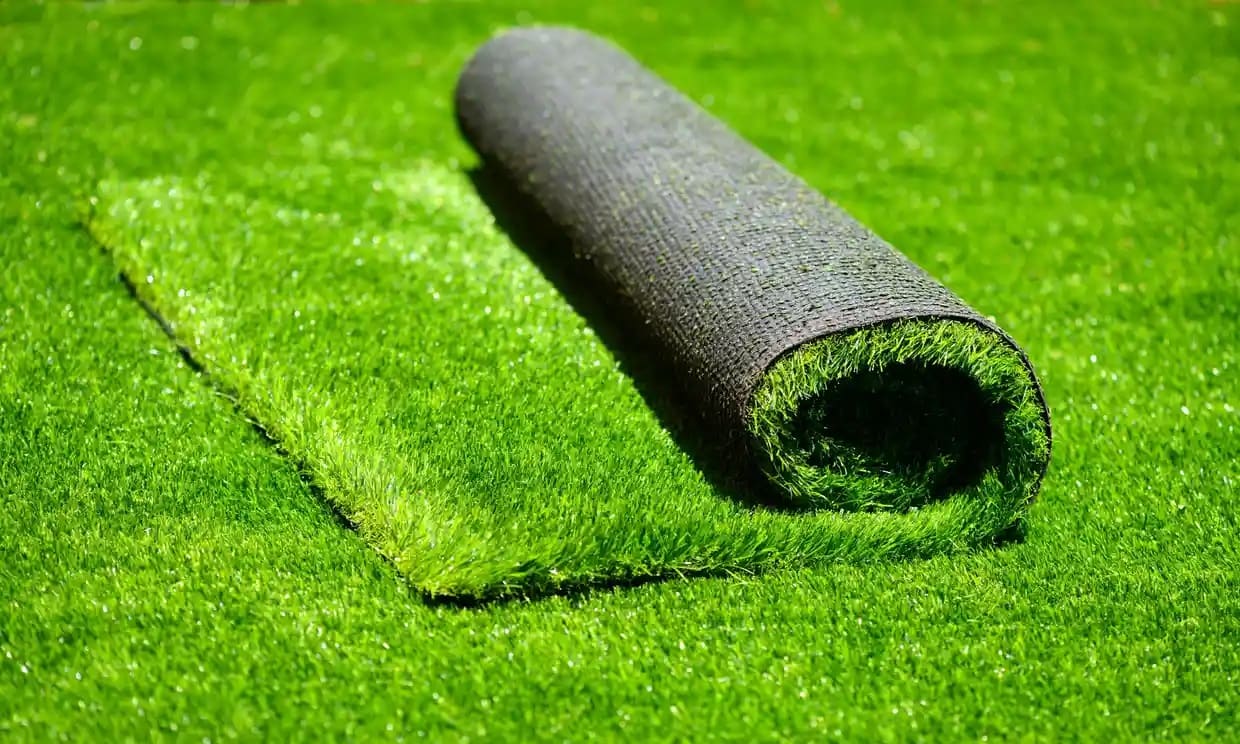
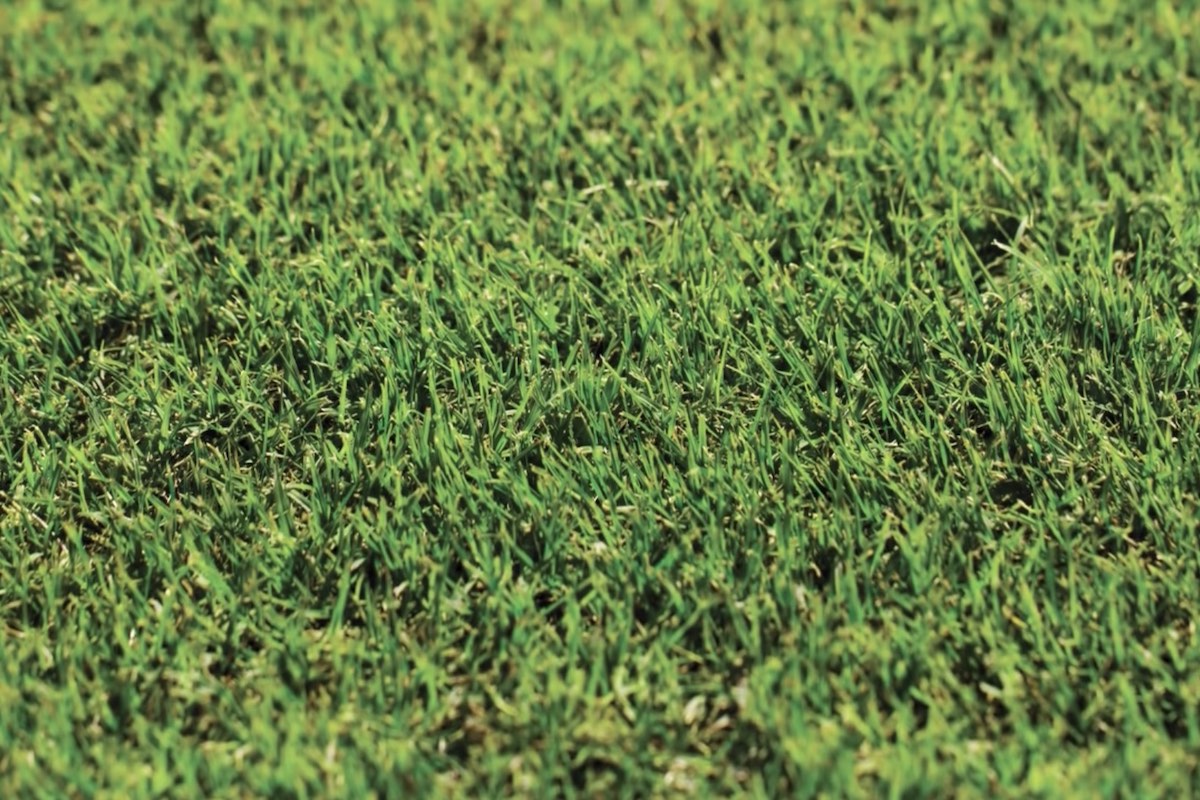


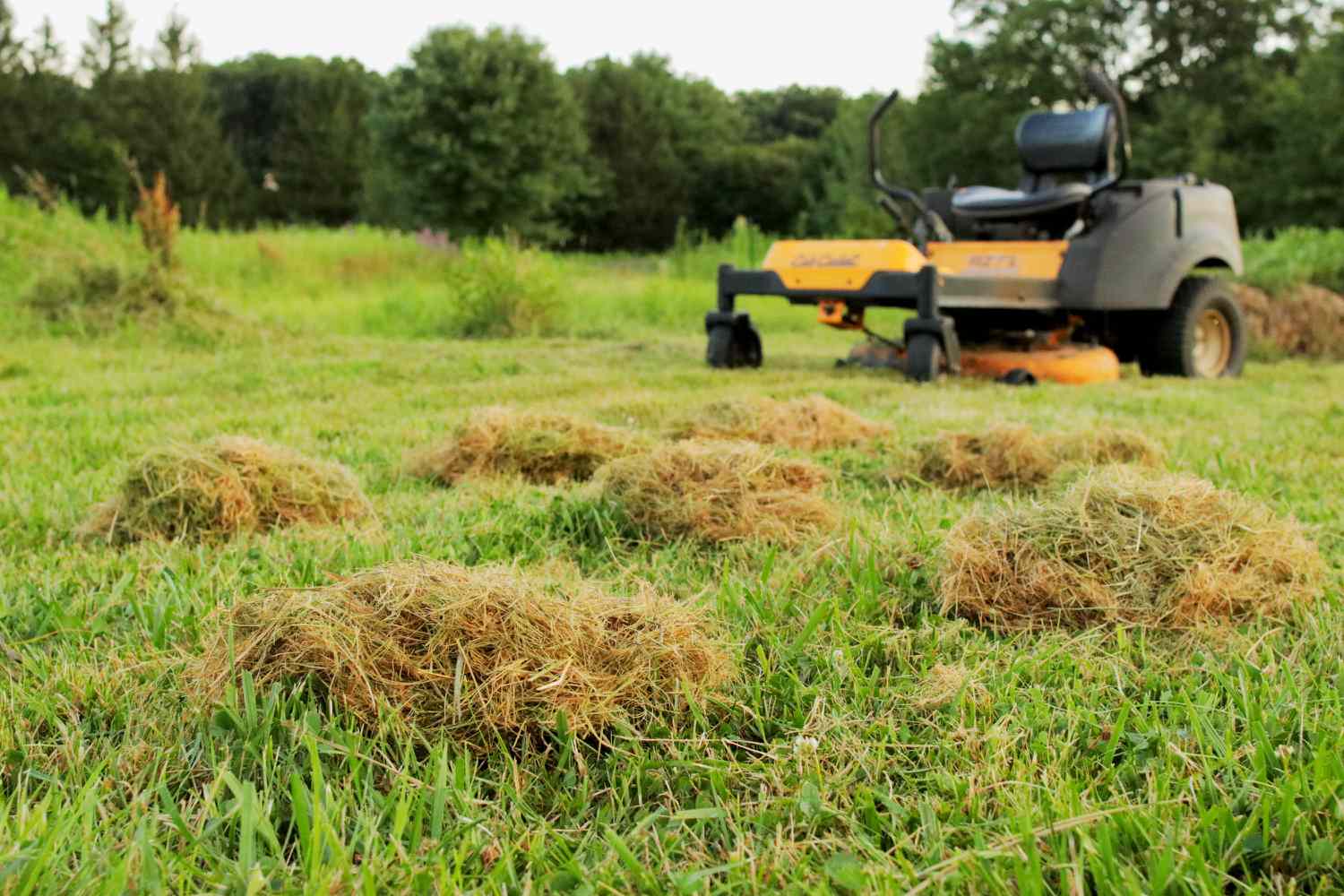
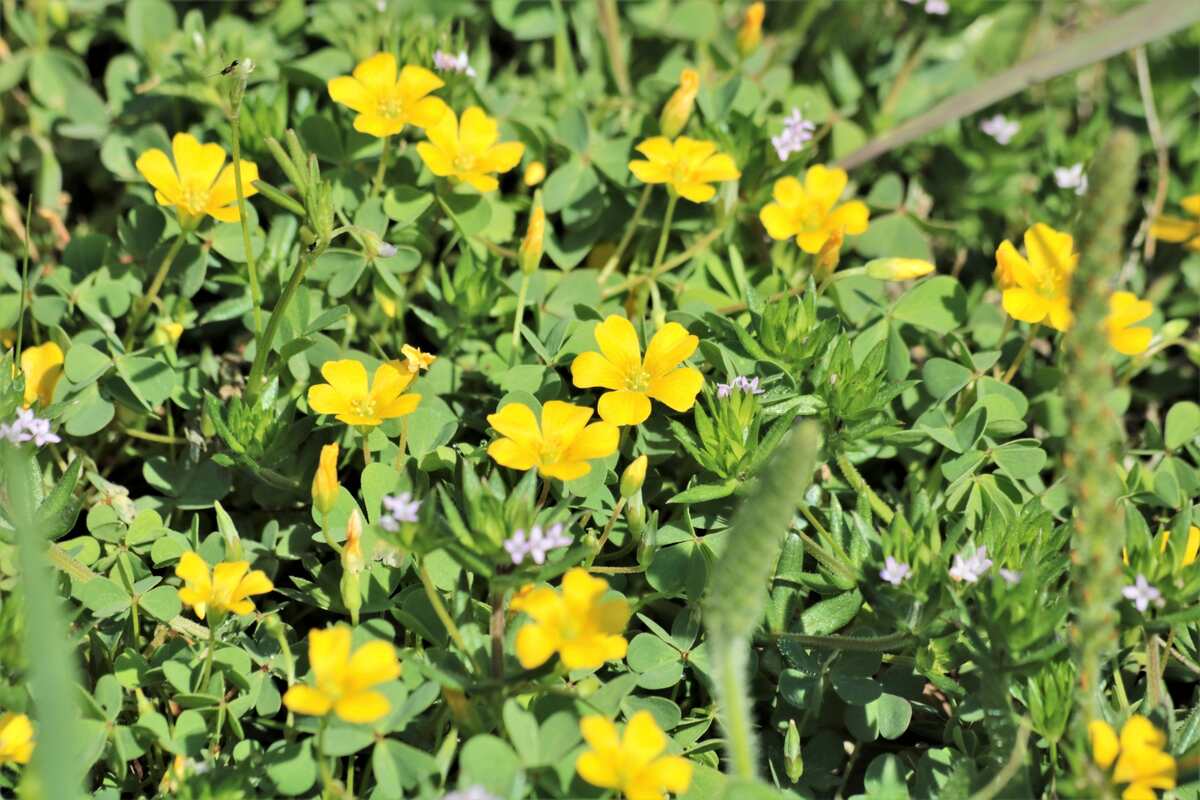
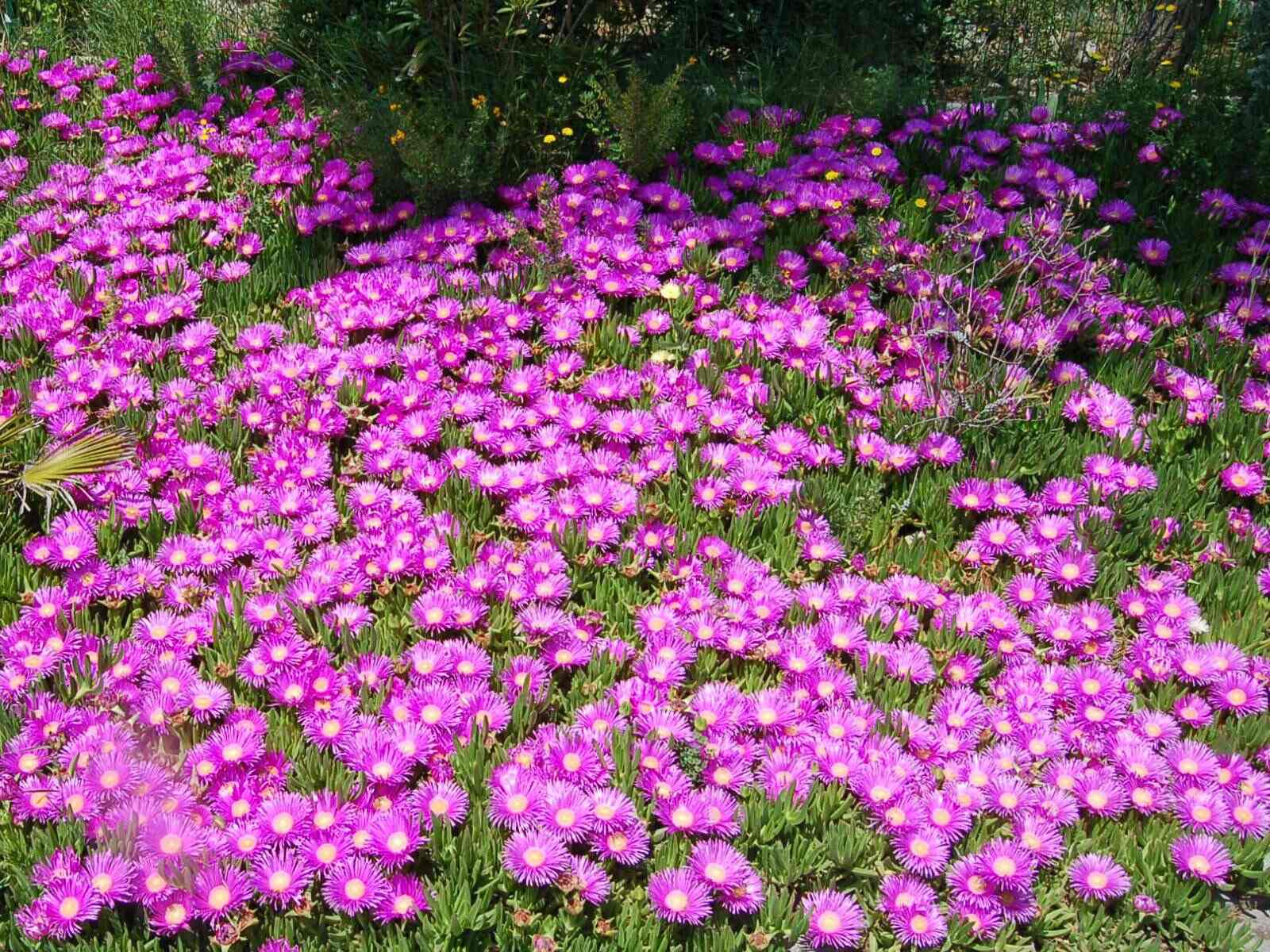

0 thoughts on “What Is A Bushy Clump Of Grass Called”